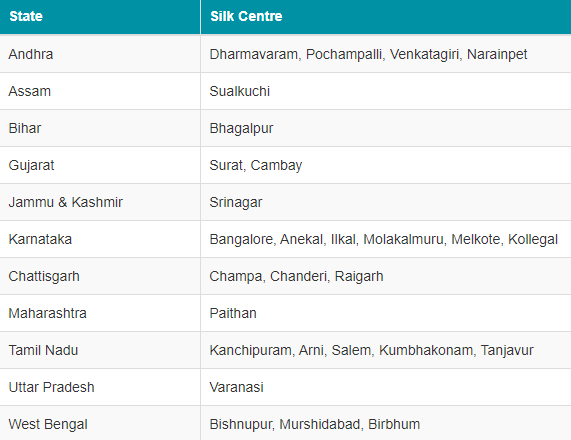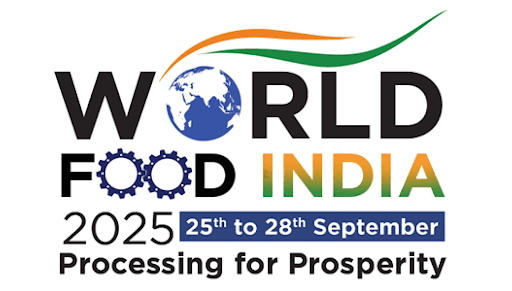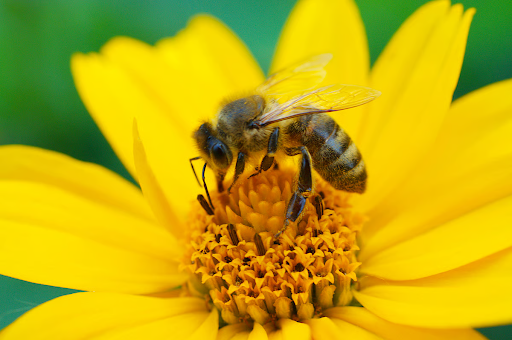



Context
Silk
Sericulture

Types of Silk

|
Central Silk Board is a statutory body established under the Central Silk Board Act, 1948. It functions under the aegis of Union Ministry of Textile. It is a national organization for overall development of silk sector in India. |




© 2025 iasgyan. All right reserved